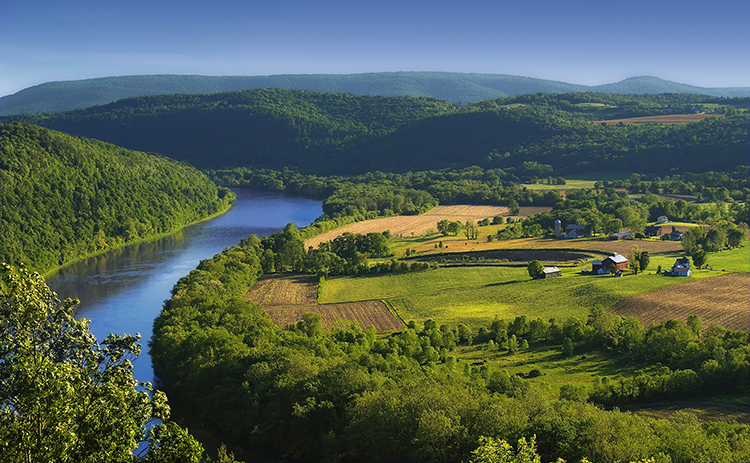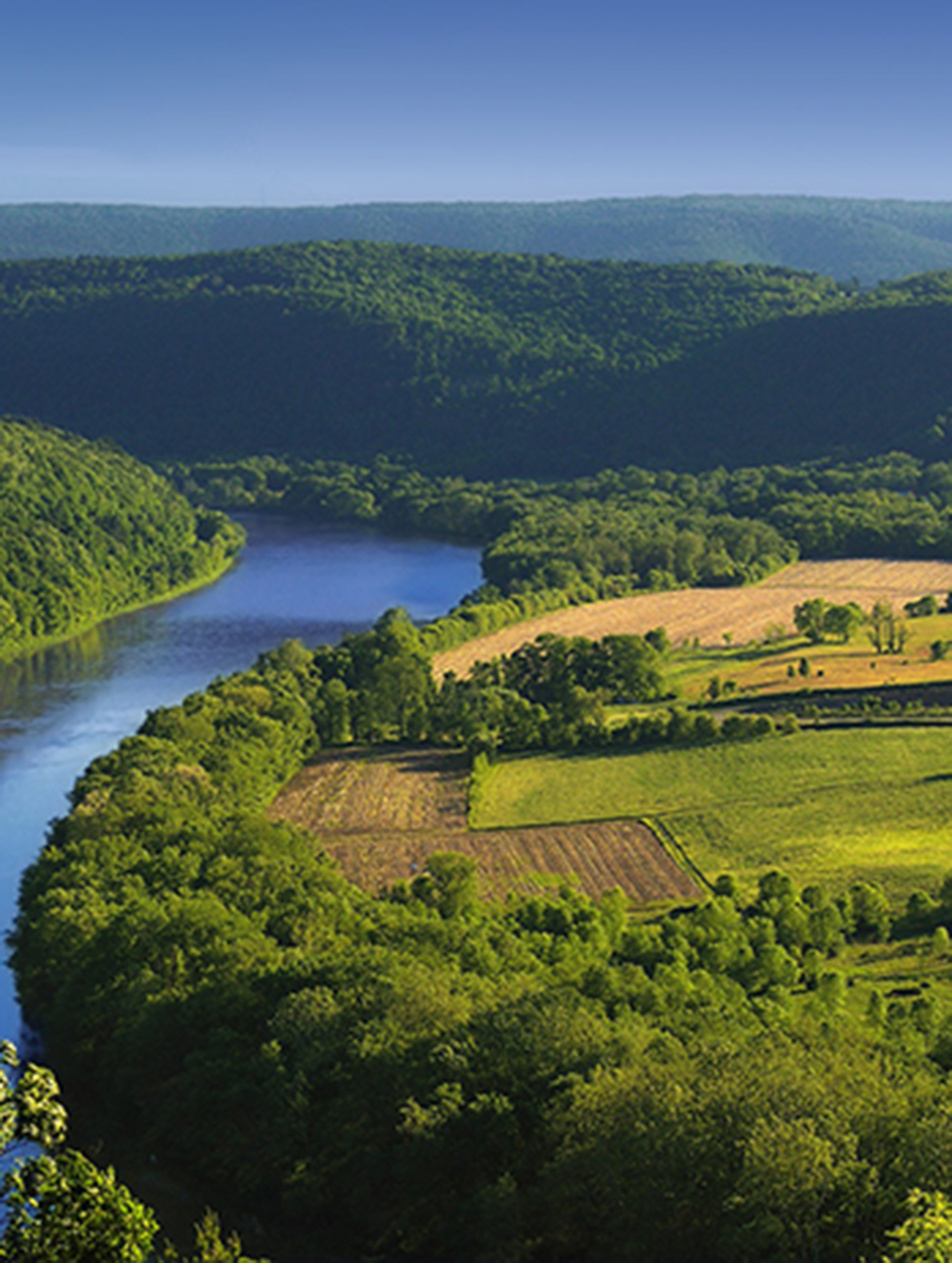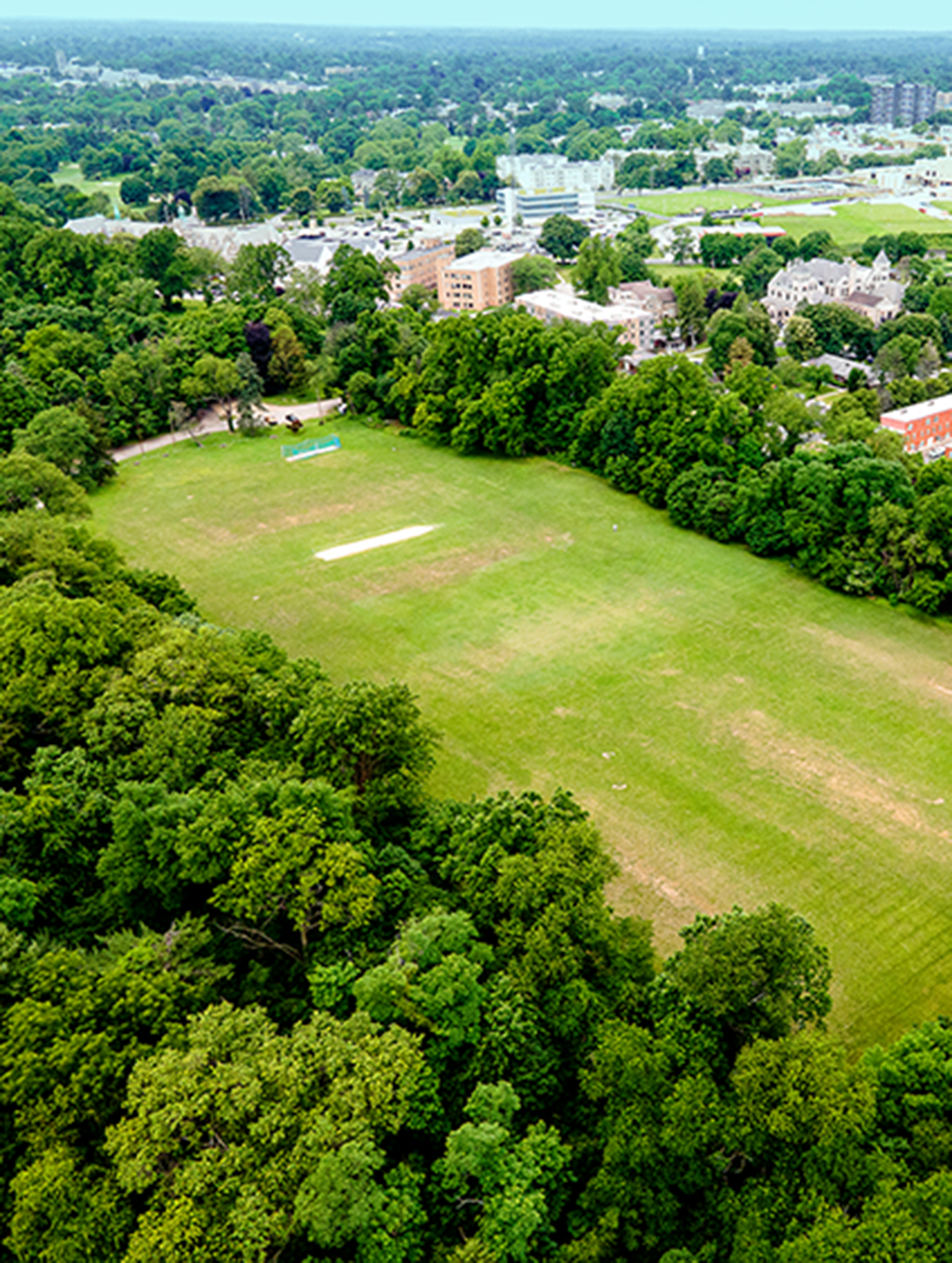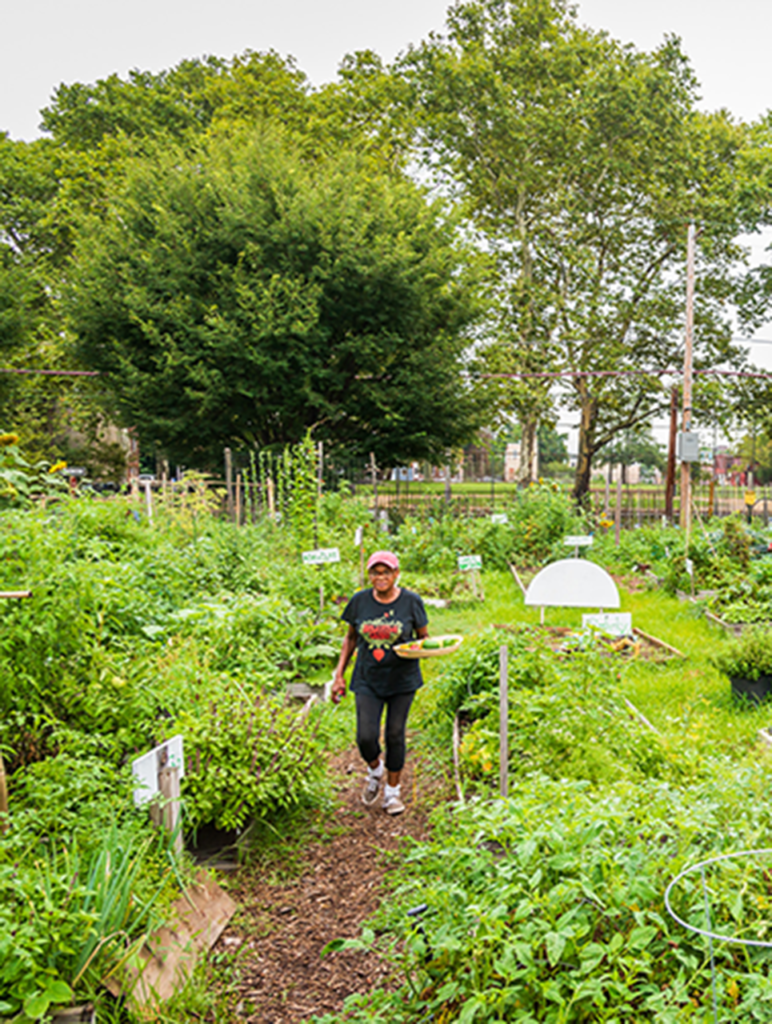Does healthier soil create food that has more nutrients?
At Pasa Sustainable Agriculture, we have several community-science research projects based on farms working to find the answer to that intriguing question, because the wellness of our bodies is very likely linked to the overall health and wellness of the land and water that grow these foods.
But before we start thinking exclusively about our human bodies, let’s consider this: land itself is a body, a physical ecosystem with a life cycle of its own. We often approach the idea of a body at the human scale, yet we rarely expand to thinking of larger systems as living entities. When we describe a landscape as a body, it is because we can see its shape or boundary — marked in tree lines, or rivers, or mountain ranges. The landscapes that surround us also have ecological boundaries and complex physical structures, with life cycles that respond to weather, time, and our attention to or ignorance of its needs. Since we often can’t envision a landscape as a living being, we are not always cognizant of our impacts on it or the effects of our actions on its health.
One hundred and thirty farms in the region have been working on collecting soil samples and infiltration rates of water to quantify the relationships between our actions on the land through agriculture production and the response of the land itself, both above and below the surface.
How can farmers’ actions repair and improve the health of their soils, one of the most important elements in a living landscape? An important start is understanding how farming practices can either degrade or enrich the communities of microorganisms and fungi that allows our soil to maintain a healthy biome. In Pennsylvania, our soil health practices are developed across three different physiographic regions — the coastal plain, the piedmont, and the ridge and valley — and farmers working across the spectrum from livestock to row crops to vegetable production collaborate in changing land management practices and analyzing results. Sustainable agriculture practices also benefit communities beyond food production: they define how well we treat our landscapes and our neighbors downstream. According to the Natural Resources Defense Council, “each 1% increase in soil organic matter,” achievable on farms through intentional soil health improvements, “enables retention of an additional 20,000 gallons of rainfall per acre.” This is rainfall that would be impacting entire communities downstream. It’s a compelling story: “Purchase my strawberries, asparagus and chicken because I implement climate-smart practices that build soil organic matter and soak up more rain, which lowers insurance rates because you’ll be less impacted by flooding from extreme weather.”
Having a sense for one’s foodshed, the geographical area between where one’s food is produced and where it’s consumed, provides an opportunity to learn and explore. A partnership of farmer service organizations is working to map our foodshed, which connects our communities to food and fiber produced within our shared landscape, however broadly or narrowly that is defined. This initiative is helping to ensure that municipalities, school systems and hospitals can access locally-produced products, produced with climate-smart practices; that farmers can access local markets; and that both producers and consumers can increase access to local commerce in our towns and cities. Strengthening these connections between food production, communities and land is central to helping our society envision the structures we need in place to produce healthy outcomes for ourselves and our landscapes.
The research we are conducting and the explorations of our foodsheds are helping us get at growing practices’ impacts on soil and water, as well as the soil health impacts on the food we eat. After all, the wellness of our bodies is very likely linked to the overall health and wellness of the land and water that grow these foods.
Land is a body, and we are it as much as it is us.










Super article, Hannah!